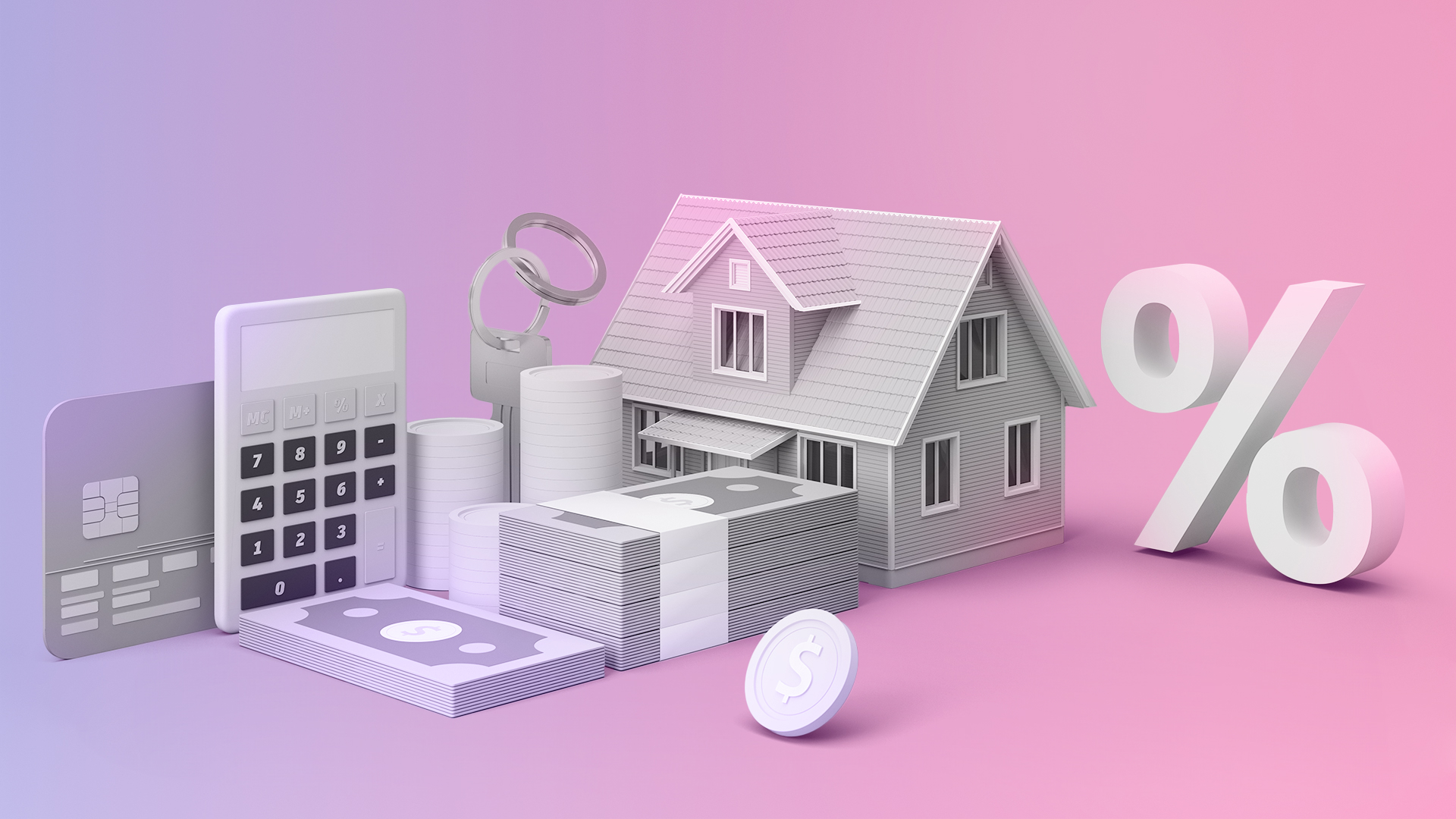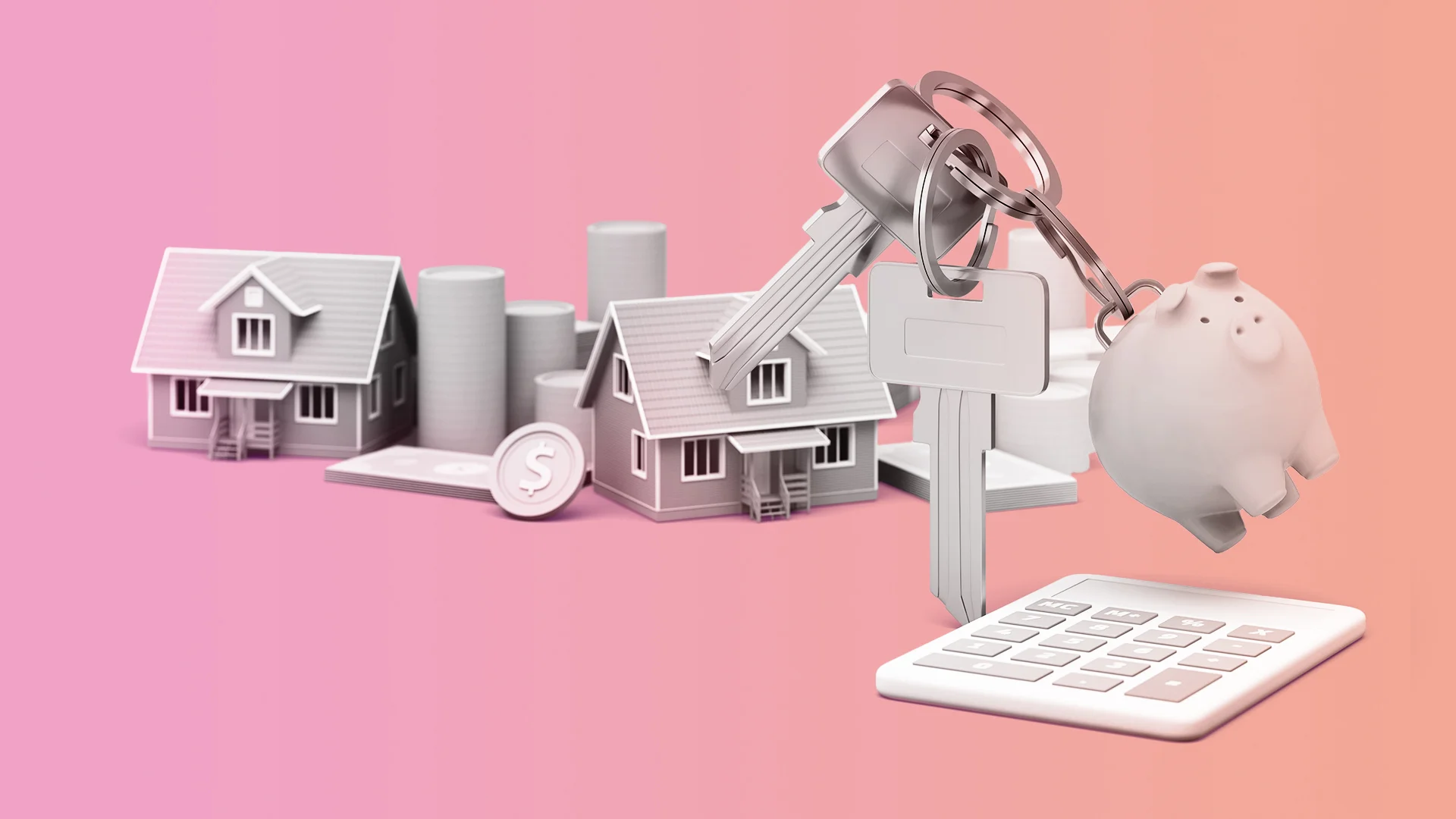The Different Types of Mortgages in Australia
Everyone's financial needs differ. With many mortgage types, whether you're renovating or seeking a lower rate, there's a fit for you.
When it comes to buying a property or refinancing your home, everyone’s financial situation and requirements are different. So to help cater to these various needs, there are different types of mortgages available. Whether you’re looking to carry out renovations, you’re a first-time homeowner or you’re keen to nab a lower rate, there’s sure to be a home loan out there that suits you.
This content has been created for educational purposes only. Unloan may not provide all features discussed. Visit our product page here to learn more about our home loan features.
Loan purpose
One way to figure out what type of home loan you’re after is by narrowing down the purpose of your loan.
- Are you after a loan for a home you plan on living in?
- Or are you looking for a loan to cover your investment property?
Owner-occupier loan
Owner-occupier loans are available to homeowners who intend on living in their property, and typically come with lower interest rates (compared to investment loans). If you plan on renting your home out in future, it’s always worth checking the terms and conditions of your mortgage in case there are any restrictions.
Investment loan
Investment loans are taken out by homeowners who intend on renting out their property. To help mitigate the uncertainty and volatility the rental market may bring, investment loans often come with stricter conditions and higher interest rates than owner-occupier loans.
First homeowner loan
Some lenders offer home loans specifically for first-home buyers. These types of loans often come with extra features and conditions that appeal to new homeowners, like lender’s mortgage insurance (LMI) discounts or cashback offers.
Guarantor home loan
If you’re keen to jump into the housing market but don’t quite have enough of a deposit to get your foot in the door, a guarantor home loan could be the way to go. These loans rely on a guarantor to offer up equity in their own home, as extra security against your home loan. That way you can get finance approval with a smaller deposit and you might even be able to dodge LMI too. Keep in mind, if you’re not able to keep up with your repayments, your guarantor could be liable for your home loan.
If you don’t have a 20% deposit, here are five things to consider.
Low-doc home loan
For self-employed individuals, contractors and even investors, it may be difficult to meet the standard lending criteria and come up with the documents required to get a home loan, even if you have a good credit score. Low-doc (low-document) loans use other types of documents to assess a borrower's credibility. Documents include:
- Bank statements
- Business Activity Statements (BAS)
- Income declaration forms
Lenders may charge higher interest rates, require larger deposits and have stricter terms than other loan types.
Non-conforming home loan
Non-conforming loans cater to individuals with poor credit histories or who have difficulty proving their income. Like low-doc loans, non-conforming loans require different paperwork than regular home loans. They also tend to have higher costs compared to a typical home loan to account for the high risk borrowers that lenders take on.
Construction loan
A construction loan is available to homeowners who are looking to build a new home or carry out major structural renovations. Rather than receiving the whole loan in one hit, construction loans are paid in instalments, known as drawdowns, that line up with the different stages of the construction process. That way you only pay interest on the amount that’s been drawn down, rather than the full loan amount.
The construction loan application process is often more complicated than a typical home loan as it requires additional documents, like building contracts, council-approved plans and more.
Line of credit loan
If you own a home, you may be able to refinance your existing home loan to a line of credit loan to access the equity you’ve built up in your home. With a line of credit loan, you can access the extra cash whenever you like for whatever purpose you like. Many homeowners choose to use their equity for cosmetic improvements, as a deposit towards an investment property or even to fund a holiday. Just remember, when you tap into the equity in your home, you’re essentially adding more debt to your mortgage.
Bridging loan
If you’re in the process of buying a new home while waiting for your old property to sell, you might need a loan to cover the purchase - that’s where bridging loans come in. A bridging loan is a short-term loan that can help you bridge the financial gap between buying and selling properties. Because of the risks involved with these types of loans, they often come with their own costs and special conditions which are worth familiarising yourself with before taking one out.
Rate type
When it comes to finding the right home loan for you, it’s also worth considering the different ways interest rates are calculated on your mortgage.
Variable rate loan
A variable rate mortgage means that your interest rate will fluctuate depending on a range of factors including:
- The RBA cash rate
- Market conditions
- Lender policies.
Variable rate loans often offer additional features and facilities, like redraw facilities, offset accounts and more.
Fixed-rate loan
When you take out a fixed-rate loan, you lock in set interest rate for a specific period of time - this is usually anywhere from 1 to 5 years. This means you can count on your repayments staying the same for the duration of your fixed-rate term. Unlike variable rate loans, fixed-rate mortgages may come with fewer facilities and offer less flexibility.
Split loan
For borrowers who want the best of both worlds, some lenders offer split-rate loans. That way you can split your home loan across both fixed and variable rates so you can take advantage of the stability of a fixed rate as well as the flexibility and features offered by a variable rate.
Learn more about how interest rate changes impact your repayments here.
Repayment type
When selecting your interest rate type, you also have a choice about how you’d like to repay your home loan.
Principal and interest loan
The most common repayment type is a principal and interest loan. This type of mortgage involves paying both the principal and the interest charged on your loan. This means that you’re able to chip away at the amount owing on your loan, known as the principal.
Interest-only loan
The alternative is an interest-only loan. This involves repaying only the interest charged on your loan over a set period of time. While your initial repayments may be less than if you were contributing towards the principal too, you’re often charged a higher interest rate. Once that period ends, you’ll usually roll onto a principal and interest loan so you can start repaying your actual loan.
Ready to kick off your home-buying journey but don’t know where to start? Check out our six-step guide to purchasing a home. Or if you’re looking to refinance, learn more about the process and whether it’s right for you.
This article is intended to provide general information only. It does not have regard to the financial situation or needs of any reader and must not be relied upon as financial product advice. Please consider seeking financial advice before making any decision based on this information.





















































